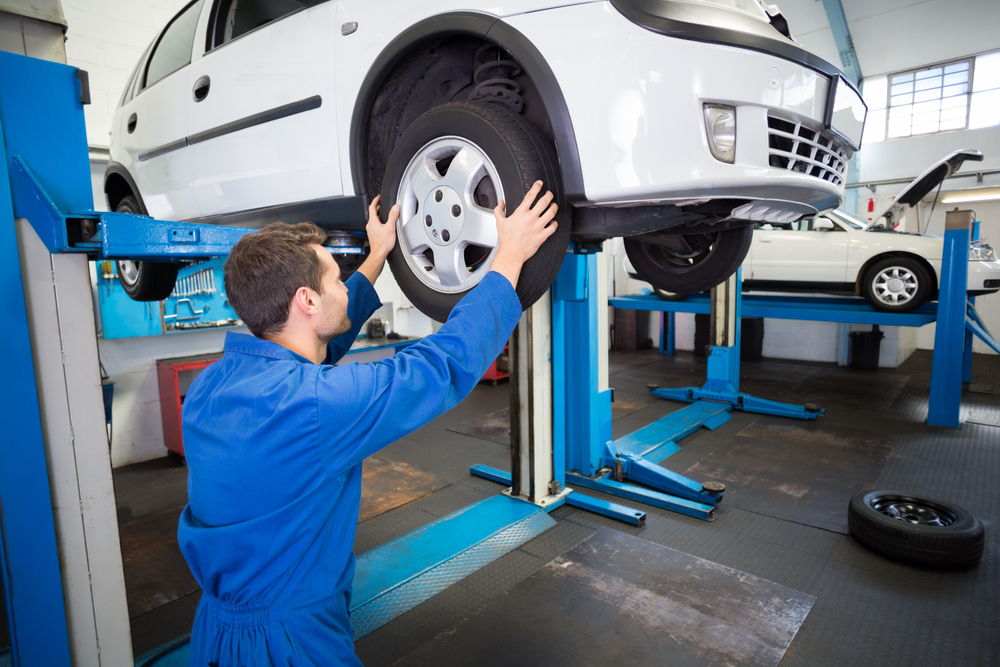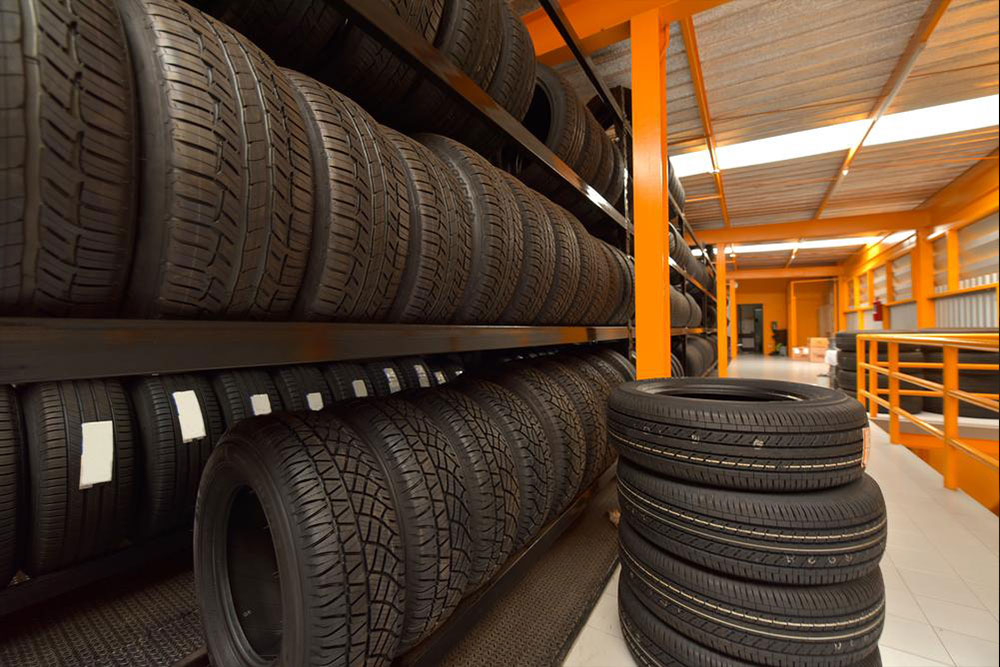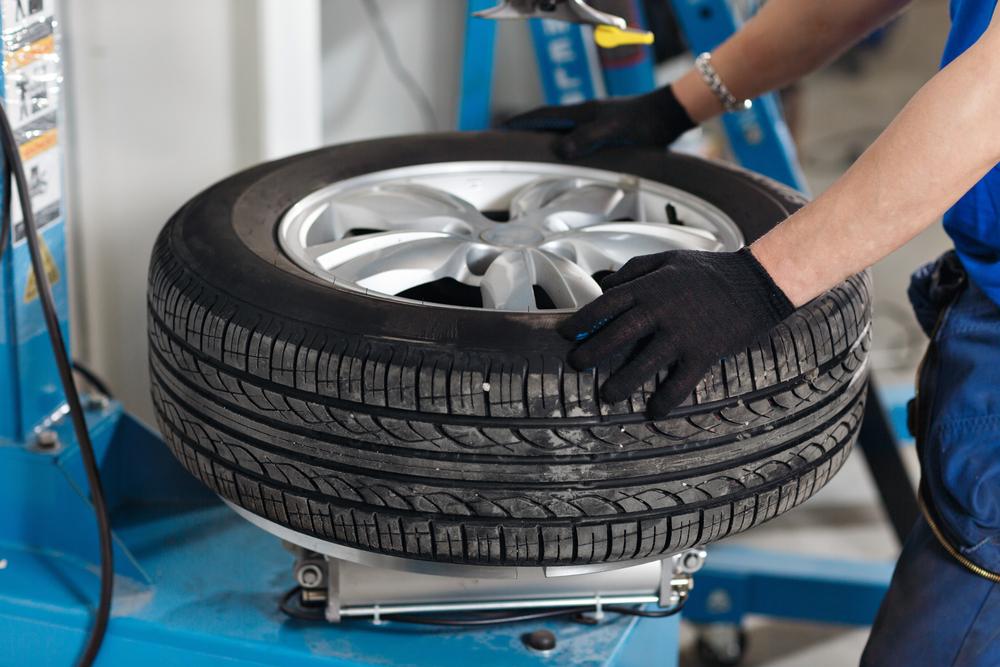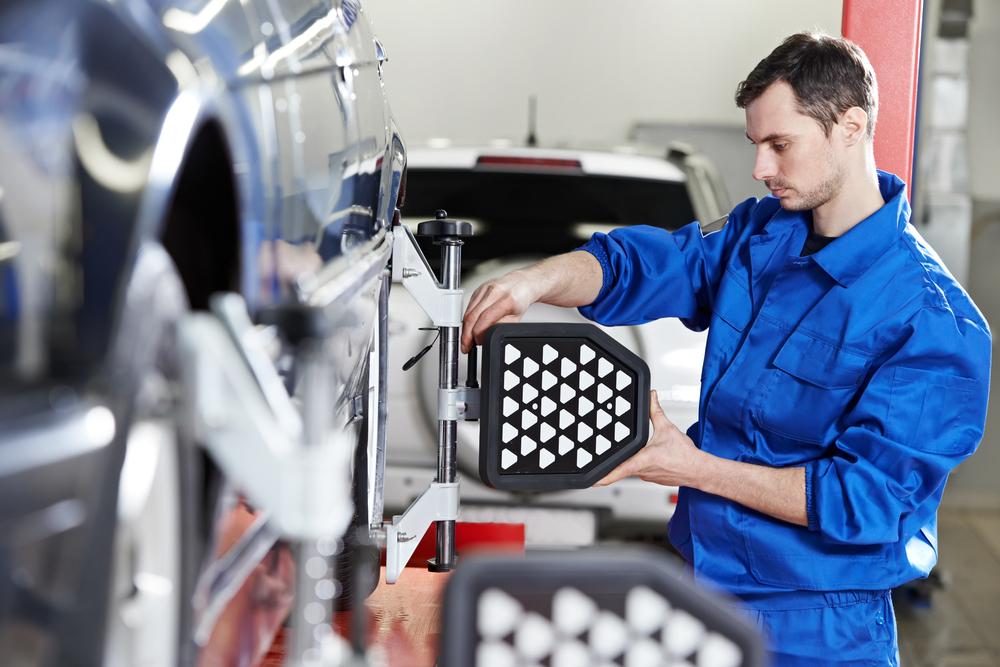Comprehensive Guide to Selecting High-Quality Car Tires for Optimal Safety and Performance
Discover expert tips on selecting high-quality car tires to enhance safety, performance, and durability. Learn about inspection practices, reading tire codes, choosing reputable sources, and maintenance strategies to keep your vehicle in optimal condition for every drive.
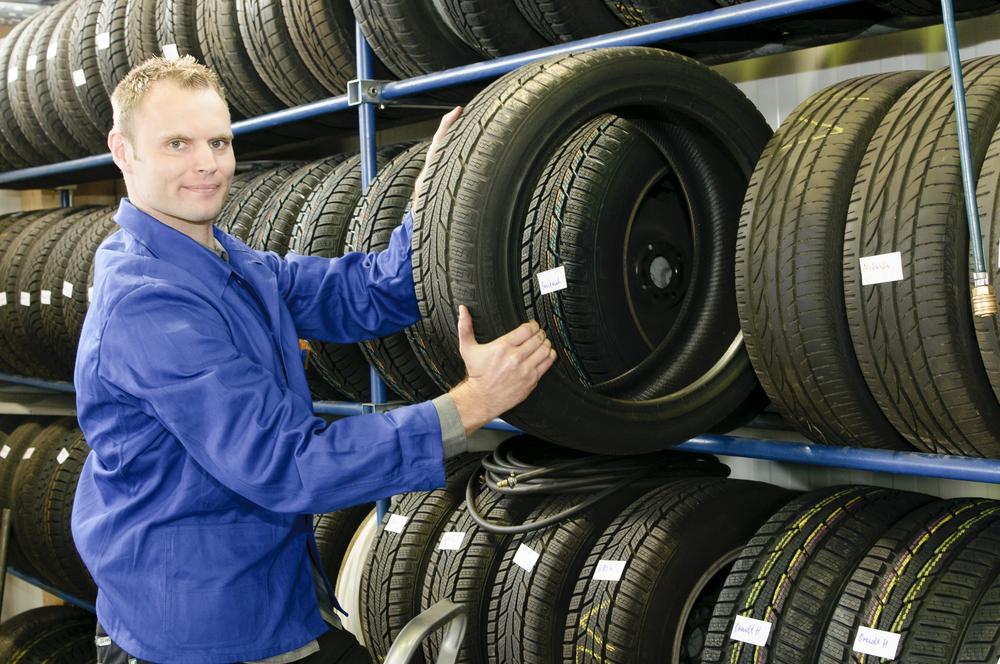
In-Depth Tips for Picking the Perfect Car Tires
Ensuring your vehicle's safety and optimal performance begins with choosing the right tires. Since tires are the only contact between your vehicle and the road, their condition significantly influences driving safety, handling, fuel efficiency, and overall ride comfort. Many car owners overlook tire maintenance until facing issues like slippage, uneven wear, or blowouts. However, proactive and informed selection of tires can prevent accidents, extend tire lifespan, and save money in the long run. This comprehensive guide delves into the key factors to consider when purchasing new tires, routine maintenance tips, and expert advice to keep your vehicle running smoothly.
Regular visual inspections of tires for signs of wear, sidewall damage, cuts, or bulges are essential. Look for uneven tread wear patterns which may indicate alignment or suspension issues that need addressing.
Ensuring proper vehicle alignment and suspension health is crucial. Misalignment can cause premature tire wear and negatively impact handling. Have your alignment checked regularly, especially after impacts or accidents.
Always consult your vehicle’s manual and the tire information placard located on the driver’s side door frame or glove box. These resources specify recommended tire sizes, load capacities, and manufacturing specifications.
Understanding tire markings and codes is vital. Familiarize yourself with information on tire purpose (e.g., all-season, summer, winter), load index, speed rating, and construction type. This knowledge helps in selecting tires suited to your driving conditions and vehicle specifications.
Choosing reputable sources for purchase, whether online or certified retail centers, ensures you get authentic, quality tires. Compare prices and warranties, and consider customer reviews before buying.
New tires generally require a break-in period of approximately 500 miles. During this time, avoid aggressive driving to allow the tread and compounds to settle properly, maximizing lifespan and performance.
Maintaining ideal tire pressure is critical for safety, fuel efficiency, and wear. Regularly check and adjust tire pressure according to manufacturer recommendations, ideally once a month and before long trips. Additionally, rotate tires every 5,000 to 8,000 miles to promote even wear and extend tire life.
Choosing the right tires involves a combination of understanding your vehicle's needs, inspecting tire conditions regularly, and investing in quality products from trusted sources. Proper maintenance and timely replacements not only improve safety but also enhance your driving experience and save money over time. By following these expert tips, you can select tires that offer durability, safety, and excellent performance tailored to your driving habits and environment, ensuring peace of mind on every journey.
